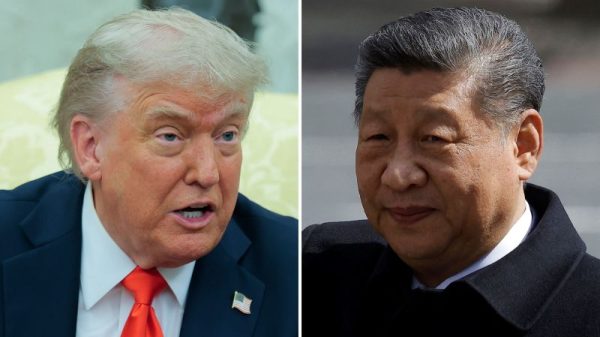Bipartisanship is often heralded as the pinnacle of legislative achievement. The recent votes on foreign aid to Taiwan, Israel, and Ukraine offered a display of this heraldry. But we should stop praising bipartisanship as a virtue. It is not inherently praiseworthy.
Bipartisanship is praiseworthy as a byproduct of the legislative process. When powers are divided, mechanisms slow down legislation and encourage debate, and legislators will pass fewer laws. Those they do pass will tend to reflect consensus. Bipartisanship is an outcome of a better legislative process, not a good in itself.
History gives us many examples of how bipartisan consensus is not inherently virtuous and can lead to grievous mistakes. A poignant example is the Chinese Exclusion Act of 1882, a dark piece of legislative bipartisanship driven by political expediency.
The Act, which prohibited all immigration of Chinese to the United States, was the first to prevent entry and naturalisation on the basis of race. Prior to 1882, there had been a nativist political current. It had started in the 1840s with the arrival of Irish and German immigrants. In California, the gold rush and subsequent railroad boom had initially attracted Chinese laborers to the United States. As economic conditions worsened, however, Chinese immigrants became convenient scapegoats for broader societal frustrations. Many states, including California, New York and Massachusetts, attempted to adopt anti-immigration measures that masqueraded as satisfying other purposes, even if they targeted immigrants. But federal policy began with the Act.
Until the Civil War, it was impossible to create a broad coalition that could win by using the topic as a wedge issue. Southern states wanted immigration to boost their population of free whites. The Northern states would split, allowing Southern-backed candidates to win. Midwestern states wanted immigrants to come as well. No stable coalition could emerge.
The Civil War changed everything. The North solidified around the Republican Party which would waive the bloody shirt at Democrats, claiming it was they who initiated the war. Moreover, from 1868 to 1876, Republican candidates were able to modestly break through in the South. At a competitive disadvantage, Democrats had to compensate. One way to do so was to adopt an anti-Chinese policy.
Facing electoral irrelevance, Democrats leveraged anti-Chinese sentiment as a wedge issue, particularly in California, a state rapidly increasing in political importance due to its growing population and economic significance. And unlike other immigrants who came from Europe, foreign-born Chinese could never become American citizens, because naturalization laws applied to “free white persons.” As such, anti-immigration planks against all immigrants might create hostility from those who would later become voters. Anti-Chinese proposals had no such downsides.In a recent article with Linan Peng in The European Journal of Law and Economics, I point out how Democrats discovered they could conquer California and peel it off from the Republican hold. They rapidly became competitive in California and nearly won the state on multiple occasions. In fact, had the state flipped in 1876 (when Democrats lost by less than 2,800 votes) they would have gained the White House. More precisely, Peng and I find that counties in California where there were the largest Chinese population relative to the White population (a ratio that proxies racial animus) is where the Democrats became most competitive.
Peng and I point out what is often overlooked: Republicans, initially reluctant to alienate their Reconstruction-era allies among racial minorities, eventually capitulated and adopted similar stances on Chinese immigration. They had to, in order to win. By the 1880 election, both parties had developed platforms that were virtually indistinguishable in their support for Chinese exclusion. This bipartisan consensus was not a middle ground, but rather a race to the bottom driven by the worst impulses of politicians and voters.
When that bipartisan consensus was reached, the Chinese Exclusion Act was a guarantee. This historical episode raises critical questions about the role of bipartisanship in modern politics. While collaboration between parties is essential in a functional democracy, it becomes problematic when it serves as a cover for unjust policies.

































